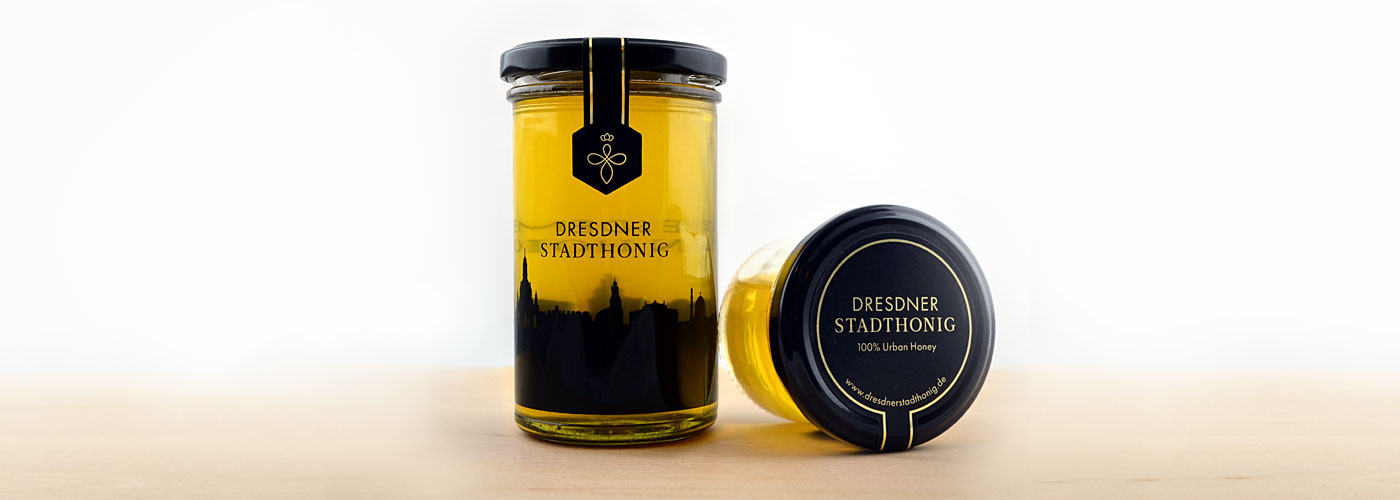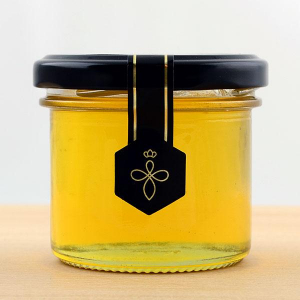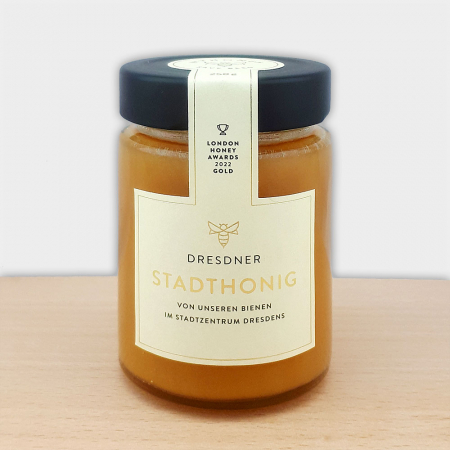
Dresden city honey
The Elbe metropolis is not only one of the most beautiful but also one of the greenest cities in Germany. In addition to the numerous parks and avenues, it is above all the many allotments and balconies where our bees fill their honey bladders.
At the same time, the variety of nectar and pollen from a wide range of flowers, shrubs and trees guarantees healthy bee colonies and a honey that is rich in flavor nuances.
City honey quality
Honey is a pure and unadulterated natural product. It is to this lifeblood that bees devote their fullest attention. After all, the thriving of the young bees depends solely on the good quality of this bee food. City honey is extremely digestible for bees, as recent studies have shown. Particulate matter and exhaust fumes – the biggest pollutants of the city climate – are not found in honey. That may be because, for one thing,
that the calyxes are opened only for a short time and the nectar flow is very quickly skimmed by the bees. On the other hand, an ingenious filter system in the organism of the worker bees ensures that all foreign substances are filtered out of the nectar, so that the honey is and remains a pure natural product. Unfortunately, pollutant filtering fails when it comes to pesticides – but fortunately, bees in the city are spared these.
Honey from the city
City honey is not a varietal honey. There is too much nectar supply of different flowering plants in the city for that. The taste varies just like the color from month to month and from district to district. A large part of our peoples is in the
City center of Dresden and so you taste among other things the robinias in Dresden Friedrichstadt, the lime trees in the Ostragehege, the cherry blossoms in the allotment garden at the Weißeritzufer and thousands of flower boxes of Dresden balconies.
-

Dresden city honey 140g
4,50 €(32,14 € / kg)
incl. 7% VAT
plus shipping costs
Ausverkauft
Product contains: 0,14 kg
-

Dresden city honey 250 g
10,45 €(41,80 € / kg)
incl. 7% VAT
plus shipping costs
Ausverkauft
Product contains: 0,25 kg
This post is also available in: German




